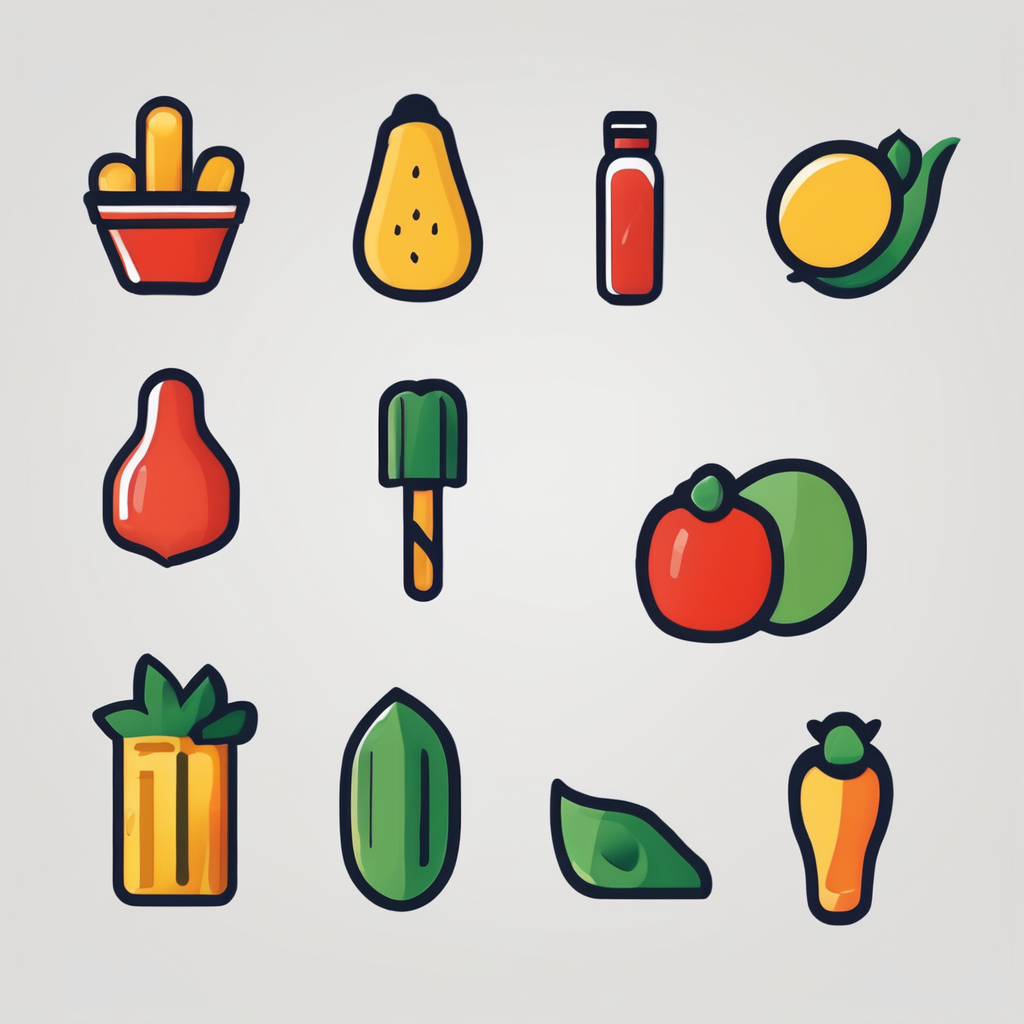Choosing the Right Blood Pressure Monitor
When it comes to assessing your health, a reliable blood pressure monitor is essential. The choice between digital and manual models hinges on your specific needs. Digital monitors are generally more user-friendly, with automatic inflation and results displayed on a screen, making them ideal for home monitoring devices.
On the other hand, manual monitors can be more accurate when used correctly but require some practice. An essential feature to consider is cuff size. An improperly fitted cuff can lead to inaccurate readings. Ensure you select a monitor that offers the correct size for your arm.
In parallel : Discover Safe and Effective Water Workouts for Seniors: A Guide to Rejuvenating Aquatic Exercises
Memory storage is another vital consideration in home monitoring devices. Many digital blood pressure monitors store prior readings, allowing you to track your blood pressure values over time. This feature is particularly beneficial for seniors who track changes meticulously.
When it comes to reliable brands, Omron and Beurer offer competitive user-friendly options that suit various needs. Models like the Omron Platinum and Beurer BM67 are highlighted for their accuracy and ease of use. These monitors provide features like large displays and easy-to-read buttons, catering to the needs of seniors seeking efficient management of their health.
Also read : Transforming Sleep Spaces: Essential Tips for Seniors to Enhance Sleep Hygiene at Home
Understanding Blood Pressure Readings
Blood pressure readings are vital for diagnosing potential health issues, especially as we age. They are represented by two numbers: systolic and diastolic pressures. The systolic pressure, the upper number, measures the pressure in your arteries when your heart beats. Meanwhile, the diastolic pressure, the lower number, measures the pressure in your arteries when your heart rests between beats.
For seniors, understanding these numbers is crucial. A normal blood pressure reading typically ranges from 90/60 mmHg to below 120/80 mmHg. Elevated blood pressure might occur when your readings consistently hover between 120-129 systolic and less than 80 diastolic. High blood pressure, also known as hypertension, is generally categorized at a reading of 130/80 mmHg or higher.
Various factors can impact blood pressure readings. Time of day plays a role, as blood pressure tends to be lower during sleep and rises upon waking. Hydration levels also affect readings; dehydration can cause blood pressure to drop. It’s crucial for seniors to monitor these readings closely and consult healthcare professionals when changes occur, ensuring their well-being and timely management of potential health concerns.
Establishing a Monitoring Routine
Creating a consistent monitoring routine for tracking blood pressure can significantly improve one’s ability to maintain healthy daily habits. Begin by setting aside a specific time each day for monitoring. Consistency is key. Pick a time when you’re most relaxed, such as in the morning or before bed, to ensure readings are as accurate as possible.
Once your routine is set, focus on documenting readings meticulously. It’s best to use either pen and paper or digital journals tailored for health tracking. When documenting numbers, consider noting any factors that might influence your readings, such as stress or medication changes. This allows a clearer understanding of your blood pressure trends and potential triggers.
Utilising technology can enhance this process. Smartphone apps designed for tracking blood pressure offer features like daily reminders, graphical trends, and even cumulative insights. These tools provide an easy way to keep a long-term record of your readings.
Regularly reviewing your documented data helps you recognise patterns and make informed decisions about lifestyle changes. Adopting these best practices will empower you to make the most of your monitoring efforts, ensuring you stay on top of your daily habits. Keep refining the process to make it work best for your needs.
Ensuring Comfort and Safety During Monitoring
Maintaining comfort and safety is crucial during blood pressure monitoring to ensure accurate readings. A calm, stress-free environment is essential. When individuals feel at ease, their blood pressure readings are more likely to reflect their true state, rather than being influenced by external stressors.
Ideal Positioning for Accurate Monitoring
Proper positioning is another critical factor. To guarantee precision, one should sit with their back supported, legs uncrossed, and feet flat on the floor during the reading. This posture ensures stability and allows for reliable measurements by promoting proper blood flow.
Avoiding Common Mistakes
Awareness of common pitfalls is also vital to preventing inaccurate measurement. Common errors can include speaking during the measurement, or having a tight-fitting cuff. It’s advisable to sit quietly for 5 minutes before taking a reading.
These monitoring best practices help preserve both the comfort and safety of the individual, while enhancing the reliability of the measurements. By implementing these strategies, one can effectively manage their blood pressure monitoring routine. Proper techniques foster an experience that prioritizes accuracy, ultimately aiding in better health management and decision making.
Lifestyle Tips for Healthy Blood Pressure Management
Maintaining healthy blood pressure is pivotal, and lifestyle changes play a key role in achieving this. One crucial aspect is nutrition: seniors can benefit significantly from dietary adjustments. Increasing the intake of fruits, vegetables, whole grains, and low-fat dairy products is recommended. These foods are rich in potassium and magnesium, which help control blood pressure. Moreover, reducing sodium intake is another effective strategy. Limiting processed foods and choosing fresh, whole options can dramatically decrease sodium consumption.
In addition to smart eating habits, engaging in physical activity is essential. Regular exercise not only strengthens the heart, but also aids in weight control, another factor influencing blood pressure. Seniors should incorporate at least 150 minutes of moderate aerobic activity, like walking or swimming, into their weekly routine. Simple exercises, such as stretching and light resistance training, can also be beneficial and accessible.
Stress management techniques are equally impactful on maintaining healthy blood pressure. Practices like deep breathing exercises, yoga, and meditation can promote relaxation and reduce stress-induced blood pressure spikes. Engaging in lifestyle changes by practising mindfulness and ensuring adequate sleep contributes to overall well-being. By embracing these modifications, seniors can effectively manage their blood pressure, ultimately enhancing their quality of life.
Resources and Support for Seniors
Staying informed about blood pressure management is crucial for seniors. Accessing reliable health resources can greatly assist in this process. Well-known health organizations provide comprehensive information that can be beneficial for both seniors and their caregivers. Frequently visited websites include those managed by governmental health bodies and reputable medical institutions, offering articles, guidelines, and updates on managing blood pressure effectively.
In addition to online resources, local support groups play a significant role in helping seniors manage their health. These groups provide a platform for sharing experiences, receiving advice, and learning new strategies for maintaining or improving blood pressure levels. Participation can lead to enhanced understanding and adherence to health regimes.
Involving caregivers and family members is equally vital. They act as a support system, assisting seniors in consistently monitoring their health. Caregiver assistance can range from reminding seniors to take medication to accompanying them to medical appointments. This joint effort ensures that health management becomes a shared responsibility, reducing feelings of isolation that some seniors might experience.
To optimize the benefits of these resources, it’s essential to remain proactive. Encouraging family engagement in health updates, seeking out reputable tools, and attending support groups can create an encompassing network for senior health support.











